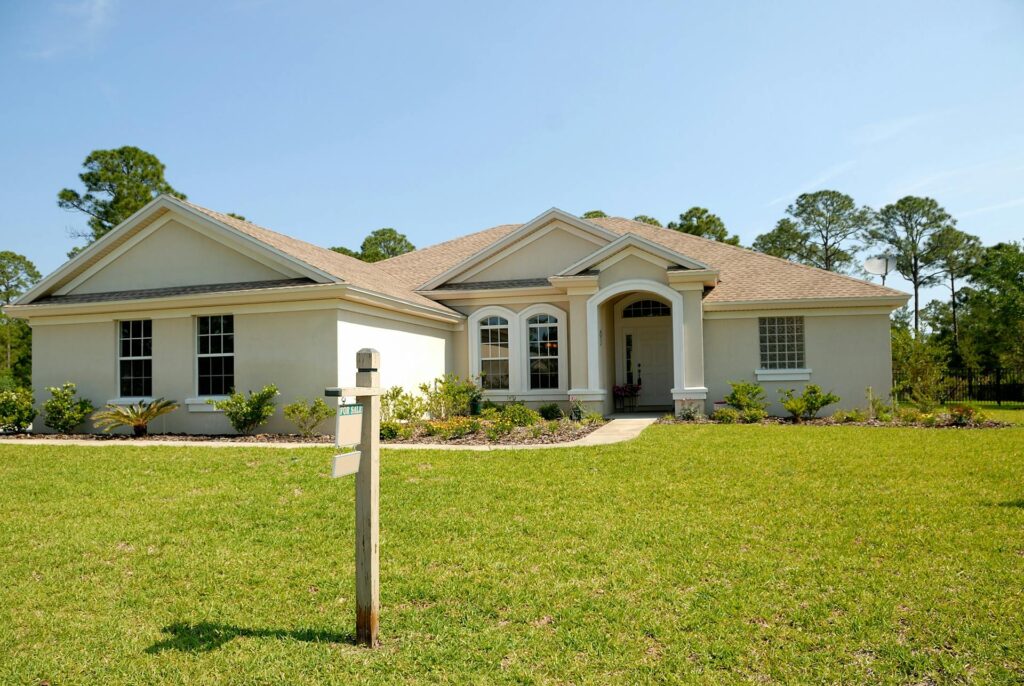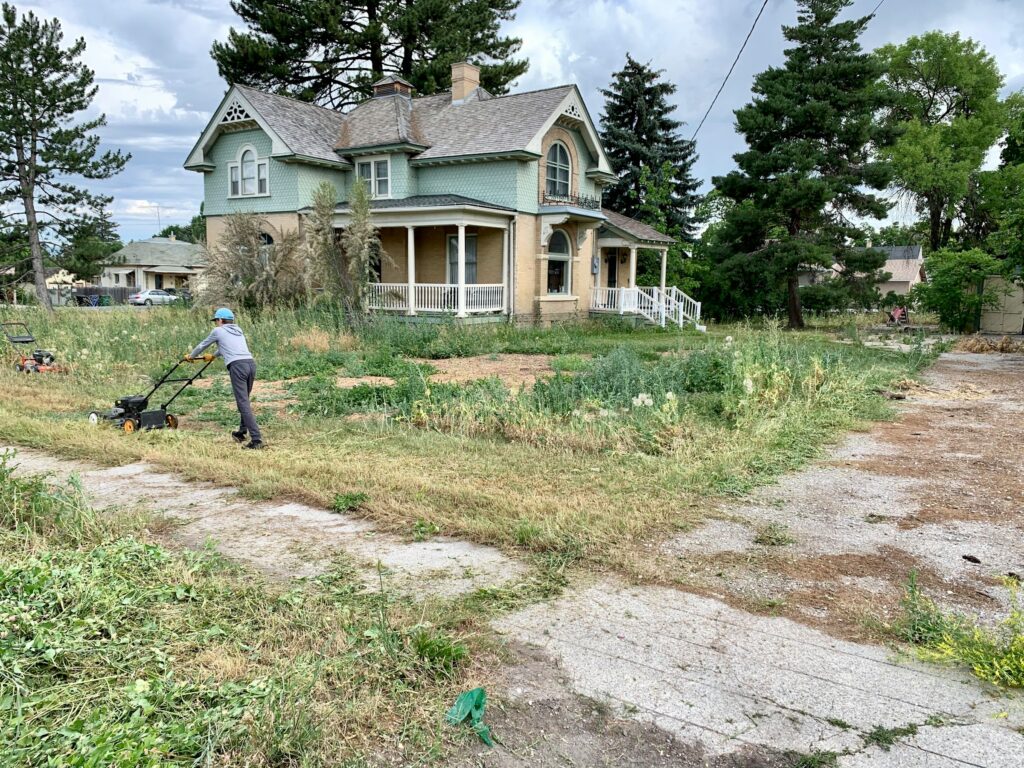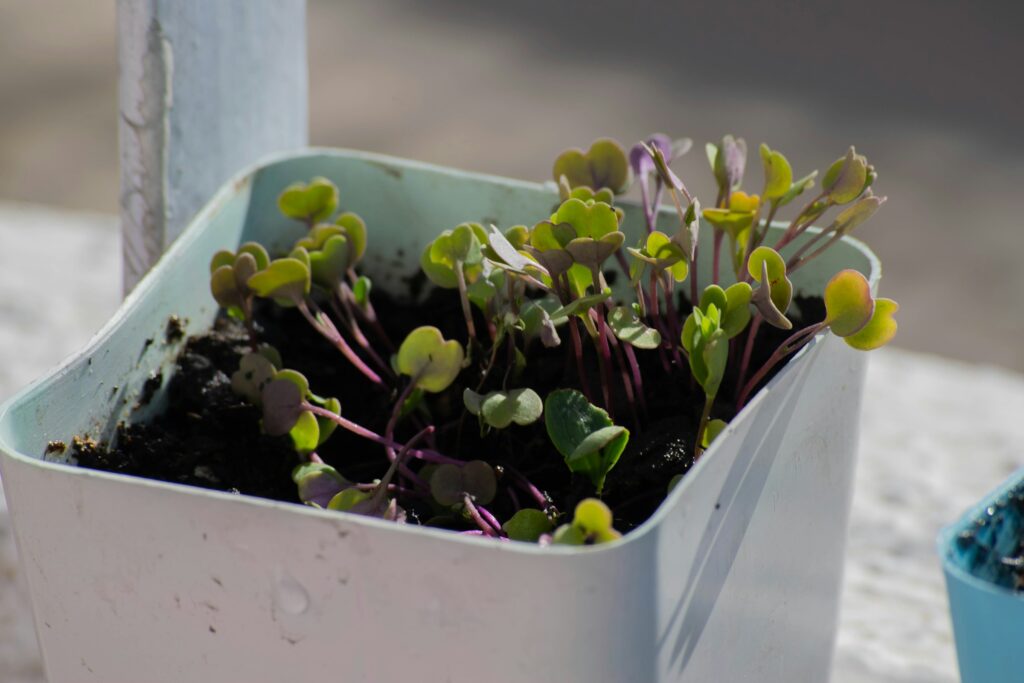Embarking on the journey of building a custom home is an exhilarating experience, allowing you to bring your vision to life in every detail. Among the many professionals involved in this process, an interior designer plays a pivotal role in shaping the aesthetics and functionality of your living spaces. Working harmoniously with an interior designer can elevate your custom home project to new heights, ensuring that every room reflects your personality, lifestyle, and aspirations. Let’s delve into the essential strategies for successful collaboration with an interior designer.

Define Your Vision
Before engaging with an interior designer, take the time to articulate your vision for your custom home. Consider your preferences in terms of style, color palettes, and desired ambiance for each space. Compile inspiration from magazines, online platforms like Pinterest, and even your own experiences. The clearer you are about your vision, the easier it will be for the interior designer to understand and execute it.
Research and Select a Compatible Designer
Not all interior designers are created equal, and finding the right fit for your project is crucial. Research potential designers, review their portfolios, and seek recommendations from trusted sources. Look for a designer whose style resonates with your own and who has experience working on custom home projects similar to yours. Schedule initial consultations with several designers to gauge their communication style, professionalism, and willingness to collaborate.
Establish Open Communication
Effective communication is the cornerstone of a successful partnership with your interior designer. From the outset, express your expectations, preferences, and concerns openly. Be receptive to the designer’s suggestions and expertise while also articulating any non-negotiable elements. Establishing a clear line of communication ensures that both parties are aligned throughout the design process.
Set a Realistic Budget
Before diving into the design phase, establish a realistic budget for your custom home interiors. Communicate your budget constraints to the interior designer upfront to guide their decision-making process. A skilled designer can help you prioritize your spending, allocate resources efficiently, and source cost-effective solutions without compromising on quality.
Collaborate on Conceptualization
Once you’ve selected an interior designer, collaborate closely during the conceptualization phase. Share your vision, inspiration, and any architectural plans or sketches for the home. Work together to develop a cohesive design concept that encompasses all aspects of the interior, from layout and furniture selection to lighting and finishes. Be receptive to the designer’s creative input while ensuring that the final design reflects your tastes and preferences.
Review and Refine Designs
As the design concepts take shape, expect multiple rounds of review and refinement with your interior designer. Provide constructive feedback on each iteration, highlighting elements you love and areas that may need adjustment. Remember that the design process is iterative, and flexibility is key to achieving the desired outcome. Trust in your designer’s expertise while staying actively involved in the decision-making process.
Coordinate with Other Professionals
In a custom home project, collaboration extends beyond the client-designer relationship to include architects, builders, contractors, and other tradespeople. Ensure seamless coordination between the interior designer and other professionals involved in the project. Regular meetings and clear communication channels facilitate a cohesive approach to design and construction, minimizing errors and delays.
Prioritize Functionality and Comfort
While aesthetics are important, prioritize functionality and comfort when designing your custom home interiors. Work closely with your interior designer to optimize space utilization, enhance flow between rooms, and incorporate ergonomic elements that support your lifestyle. Consider factors such as storage solutions, traffic patterns, and furniture placement to create spaces that are both beautiful and practical.
Stay Flexible and Open-Minded
Throughout the design process, remain flexible and open-minded to new ideas and possibilities. Designing a custom home is a collaborative endeavor that may involve compromise and adaptation along the way. Trust in your designer’s expertise and be willing to explore alternative approaches that align with your vision. Embrace the evolution of the design journey, knowing that the end result will be a reflection of your collective creativity and collaboration.
Celebrate the Finished Product
As your custom home nears completion, take a moment to celebrate the culmination of your collaborative efforts with the interior designer. Walk through each room together, appreciating the attention to detail and the realization of your shared vision. Your custom home is not just a living space but a testament to the power of collaboration, creativity, and partnership in turning dreams into reality.
In conclusion, working with an interior designer for your custom home project is an enriching experience that requires effective communication, mutual respect, and a shared commitment to excellence. By defining your vision, collaborating closely, and staying open to new ideas, you can harness the expertise of your designer to create interiors that are both stunning and functional. Together, you’ll transform your dream home into a reality that exceeds your expectations and delights the senses for years to come.


